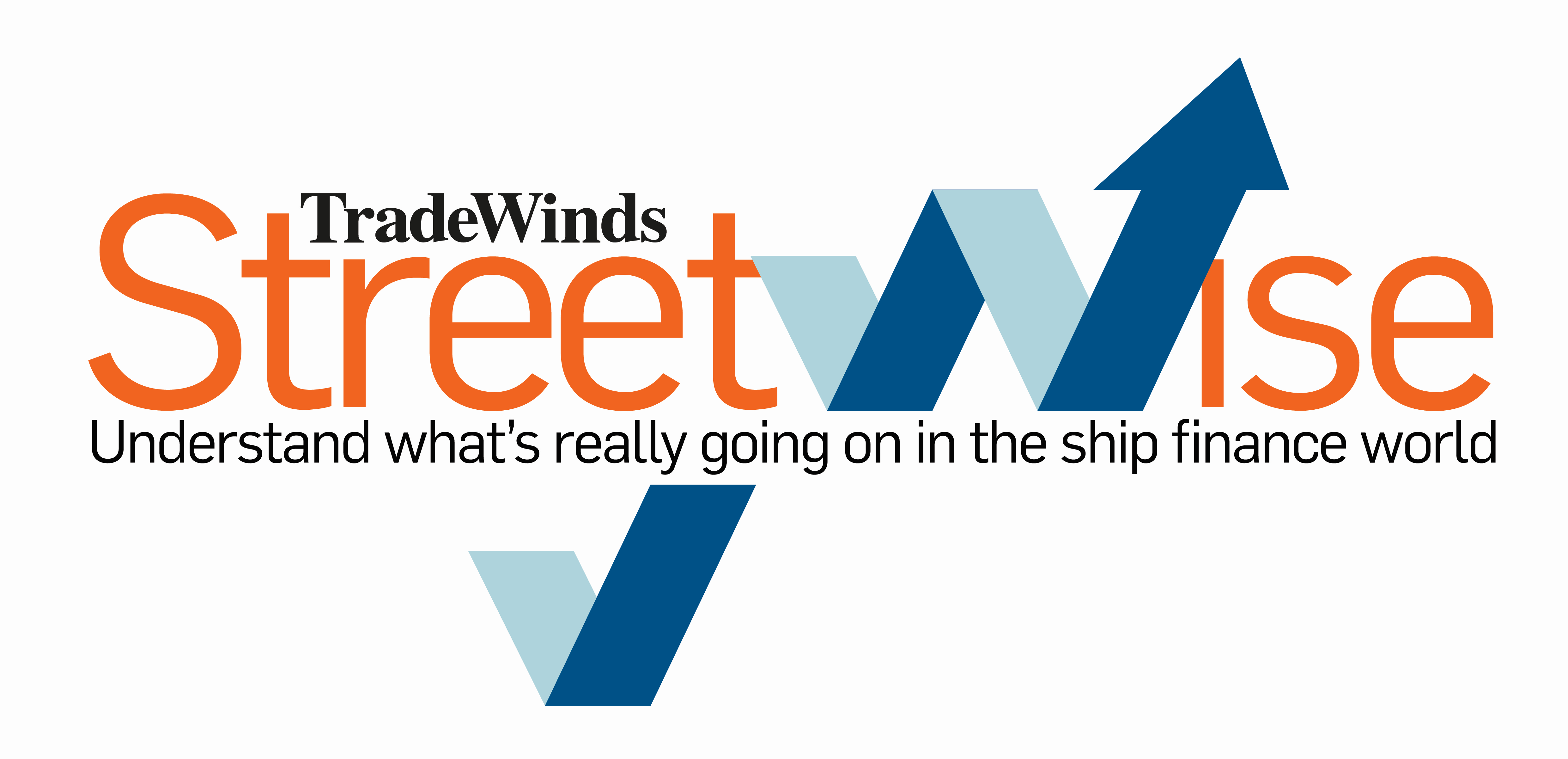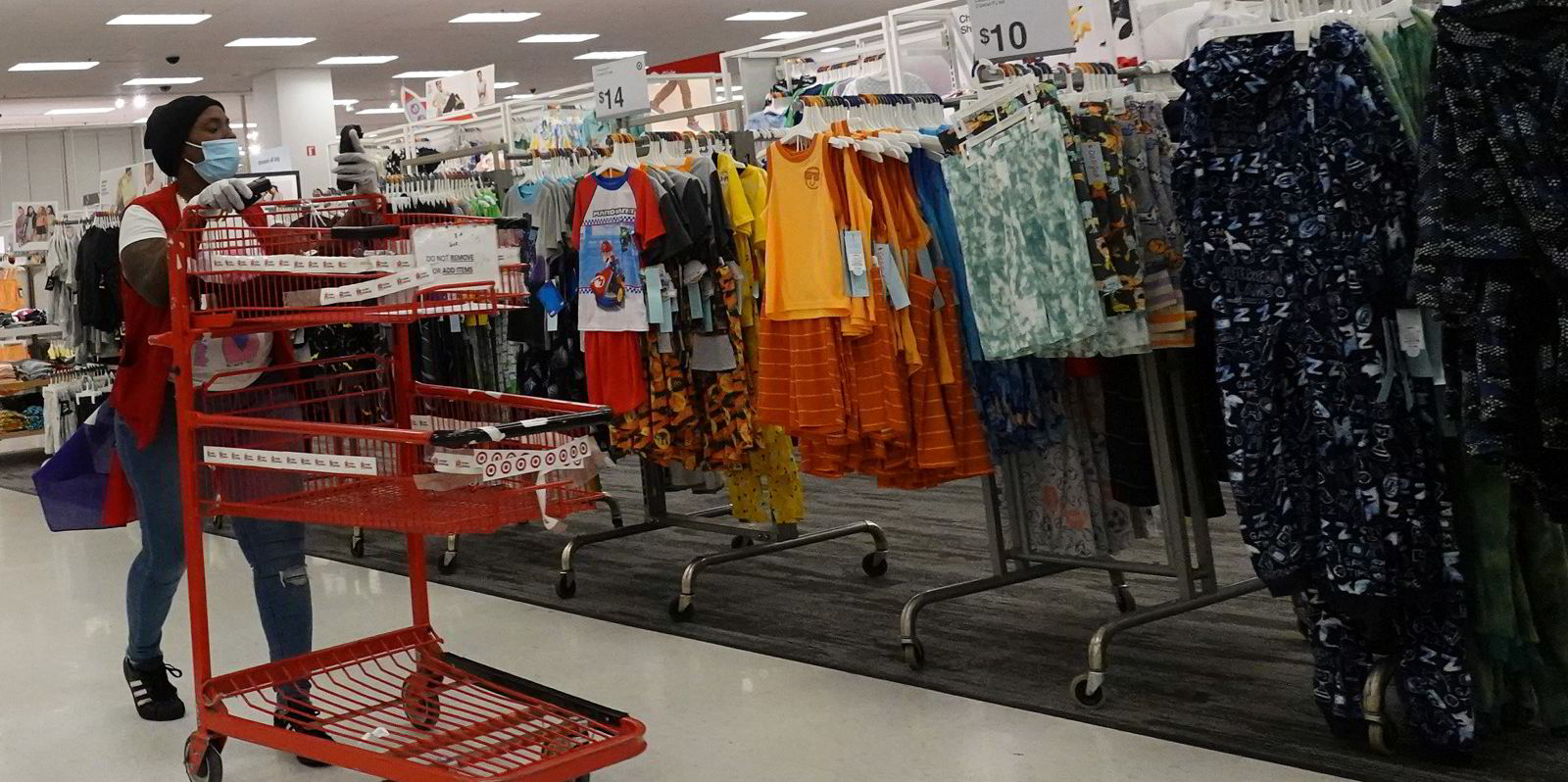When major US retailer Target kicked-off a round of earnings from US giants last week, it sent stocks plunging in New York as investors feared its crimped margins were a canary in a macroeconomic coal mine.
A key source of Target’s pain was transportation.
Ocean shipping cannot take the blame for the company’s transport woes, which included overland fuel costs and air freight. But the retail giant’s pain served as a warning sign for a currently precarious global economic position, where US consumers are facing inflation and financial pundits are using the “R” word — recession.
Amid the global economy’s supply chain challenge that started with the pandemic, this is a time in which shipping is interconnected with macroeconomics, not just affected by its impact on trade flows, like never before in recent memory.
High freight costs and a continued supply chain clog are adding fuel to the fire of rising costs and feeding economic uncertainties.
For Target, the challenges translated into a lower-than-expected operating margin of 5.3%, down from the 9.8% reported in the same period of last year. The Minneapolis-headquartered retailer blamed the hit on its efforts to cut excess inventory and on “higher freight and transportation costs”.
Briefing analysts after reporting earnings, chief operating officer John Mulligan pointed to expectations that a tight freight market will continue as 2022 continues to unfold. While first-quarter freight costs were hundreds of millions of dollars above “already elevated” expectations, for the year the company expects $1bn in additional costs compared to its predictions of a few months ago.
High fuel costs are a part of that, but so are the elevated costs in the global shipping market, “where costs have stayed unusually high and where we sometimes need to rely on the spot market to secure adequate capacity”.
As a sign of how much economic policymakers are paying attention to shipping, the Federal Reserve Bank of New York has launched a Global Supply Chain Pressure Index, with Baltic Exchange data feeding into its calculations.
The index shows supply chain pressure peaked in December at its highest level since at least 1997, before easing. But in April, the numbers climbed skyward again amid delivery delays related to China and Europe.

The shipping industry, correctly, likes to see itself as a great facilitator of world trade. And it surely cannot take the heat for a supply chain crunch fuelled by Covid-19 restrictions, a shift in consumer behaviour and, more recently, the war in Ukraine.
But the price of freight? At a time when liner operators are still trumpeting record profits, shipping’s just going to have to take that one on the chin.
Container freight rates have been declining, although they are well above historical levels. But the peak shipping season is still ahead and Beijing is expected to lift Covid restrictions in the coming weeks to drive the economy.

Zim chief financial officer Xavier Destriau said in a recent conference call with analysts: “When manufacturing in China returns to normal and demand picks up in peak season, the added volume may put additional pressure on already strained supply chain and congested ports in the US and elsewhere.”
The initial shock of the pandemic on the global supply chain showed shipping’s importance to the global economy, but it is not a one-way street.
Research published in March by the International Monetary Fund (IMF) showed how freight rates impact inflation.
The international bank said that, in a study of 143 countries over 30 years, when freight rates double, inflation rises by 0.7 percentage points.
And that is playing out in the current macroeconomic environment.
“The inflationary impact of those higher costs is poised to keep building through the end of this year,” the IMF said. “Our analysis predates the war in Ukraine but isn’t isolated from it: the conflict will likely exacerbate global inflation.”
If container freight rates begin to roar again in the months ahead, policymakers may not take it lightly as they look to stave off inflation and confront the possibility of a looming recession.




